From mid-October to the end of November, when the weather is cold, it is also the harvest season for water chestnuts in Nam Dinh . Housewives compete to buy them to prepare many delicious dishes that "go with rice".
The taro root is a part of the taro plant (also known as corn) - a plant that grows and develops well in low-lying areas, along ponds or in flooded muddy areas.
They are found in many northern provinces such as Nam Dinh, Hung Yen, Hai Duong . However, nieng in Nam Truc (Nam Dinh) is considered more delicious and popular.
According to locals, the harvest season lasts more than a month, from late autumn to early winter (around mid-October to the end of November). At this time, people go to harvest the buds to sell.
The bud is cut close to the base, the leaves on top are removed and only the bulbous part, which looks like a pestle, is kept.
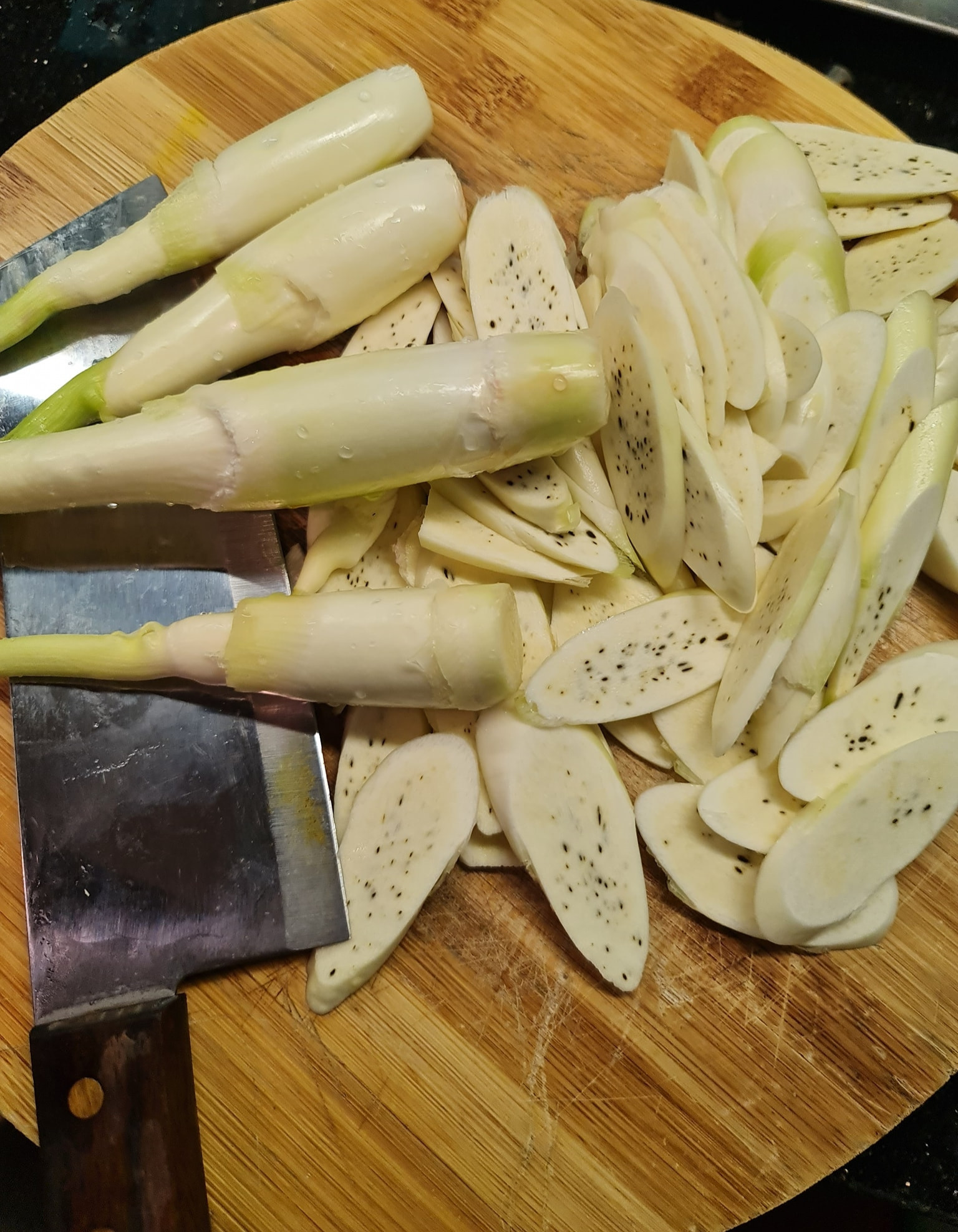 | 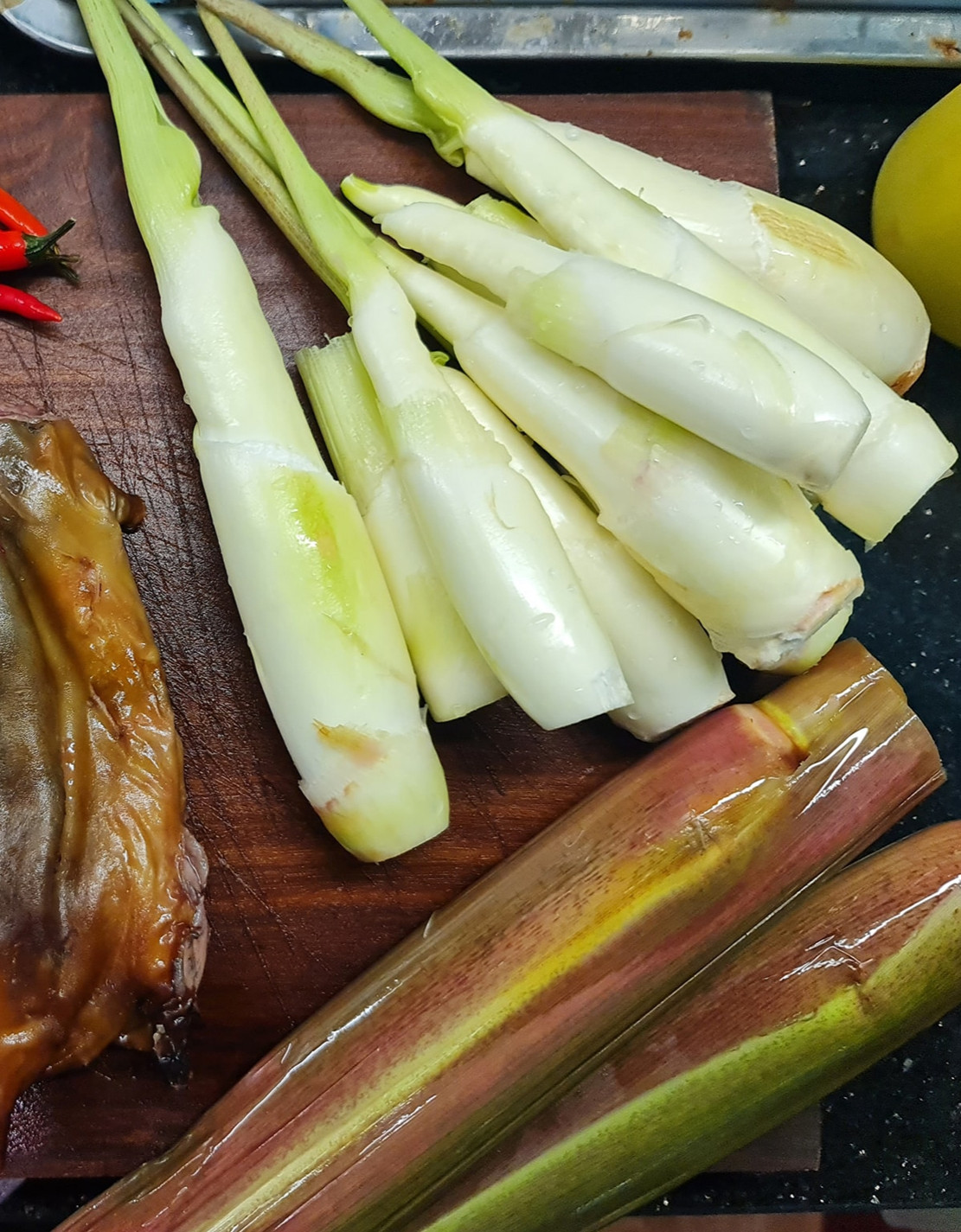 |
At first glance, the lotus root looks very similar to lemongrass but is larger and brighter in color. After peeling off the skin, people get the white lotus root, which can be processed into many delicious dishes.
Ms. Pham Toan (in Nam Truc, Nam Dinh) said that local people often plant nieng from the second lunar month and harvest after 7-9 months.
“It takes 3 seasons to harvest the lotus, but it can only be harvested for about 3-4 weeks. At the beginning of the season, the root is white from the inside out, but towards the end of the season, the root has more and more tiny black dots, becomes more fibrous, and loses its natural sweetness,” said Ms. Toan.
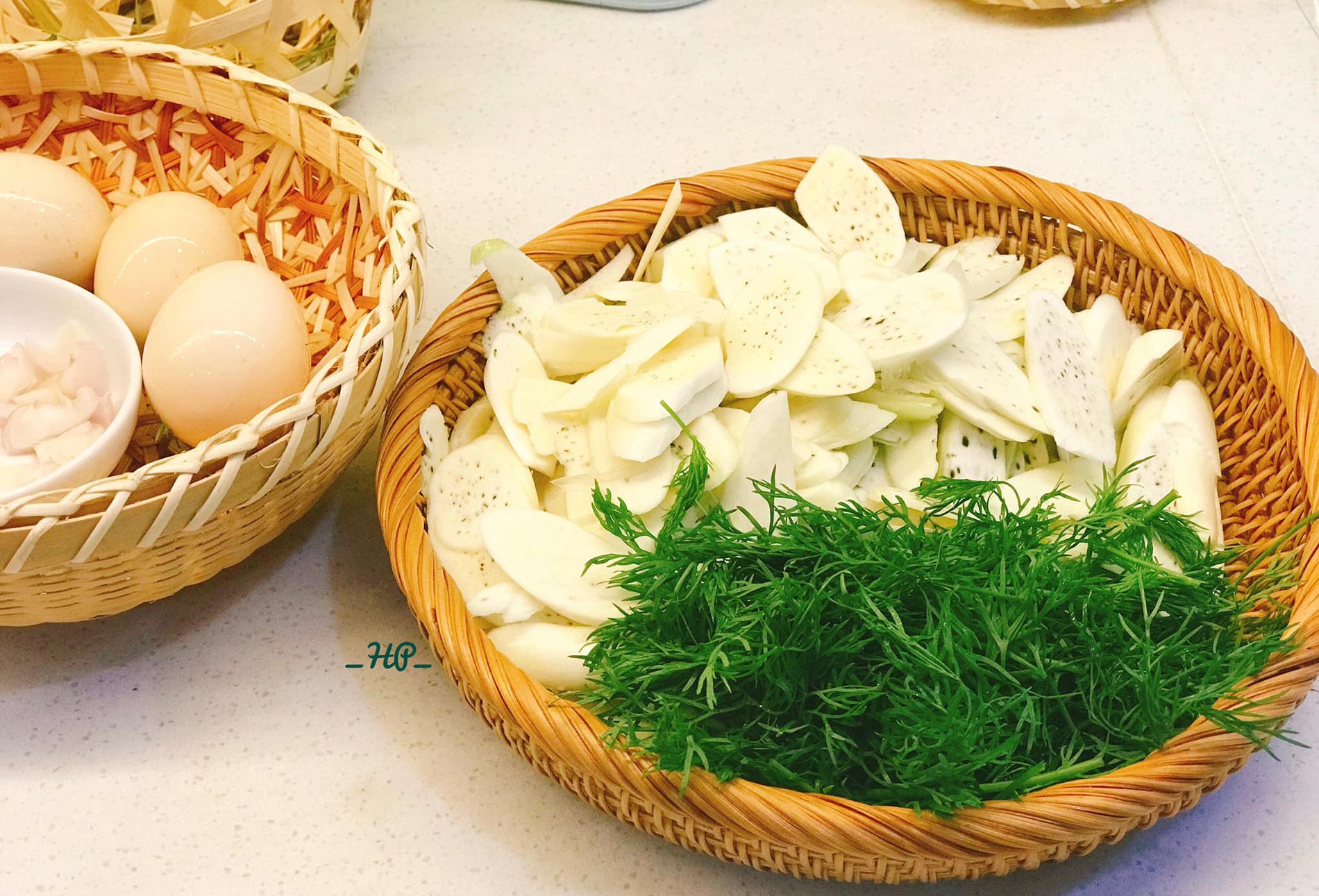
According to her, water chestnuts can be eaten raw or cooked and the preparation is simple. After peeling off the outer skin, just wash the water chestnuts and cut them into thin slices.
Nam Dinh people often stir-fry water chestnuts with beef and pork, but the most popular and favorite dish is still water chestnuts stir-fried with eggs. After thinly slicing the water chestnuts, stir-fry them over medium heat. When they are almost cooked, add eggs, herbs and season to taste.
Diners who have enjoyed the nieng root commented that this root has a crunchy texture and a natural sweet taste when eaten raw, quite similar to the bon bon plant in the West. When cooked, nieng has a rich, rich flavor.
“Nieng is harvested in the cold weather so it is suitable for processing into hot stir-fried dishes, very delicious with white rice,” Ms. Toan added.
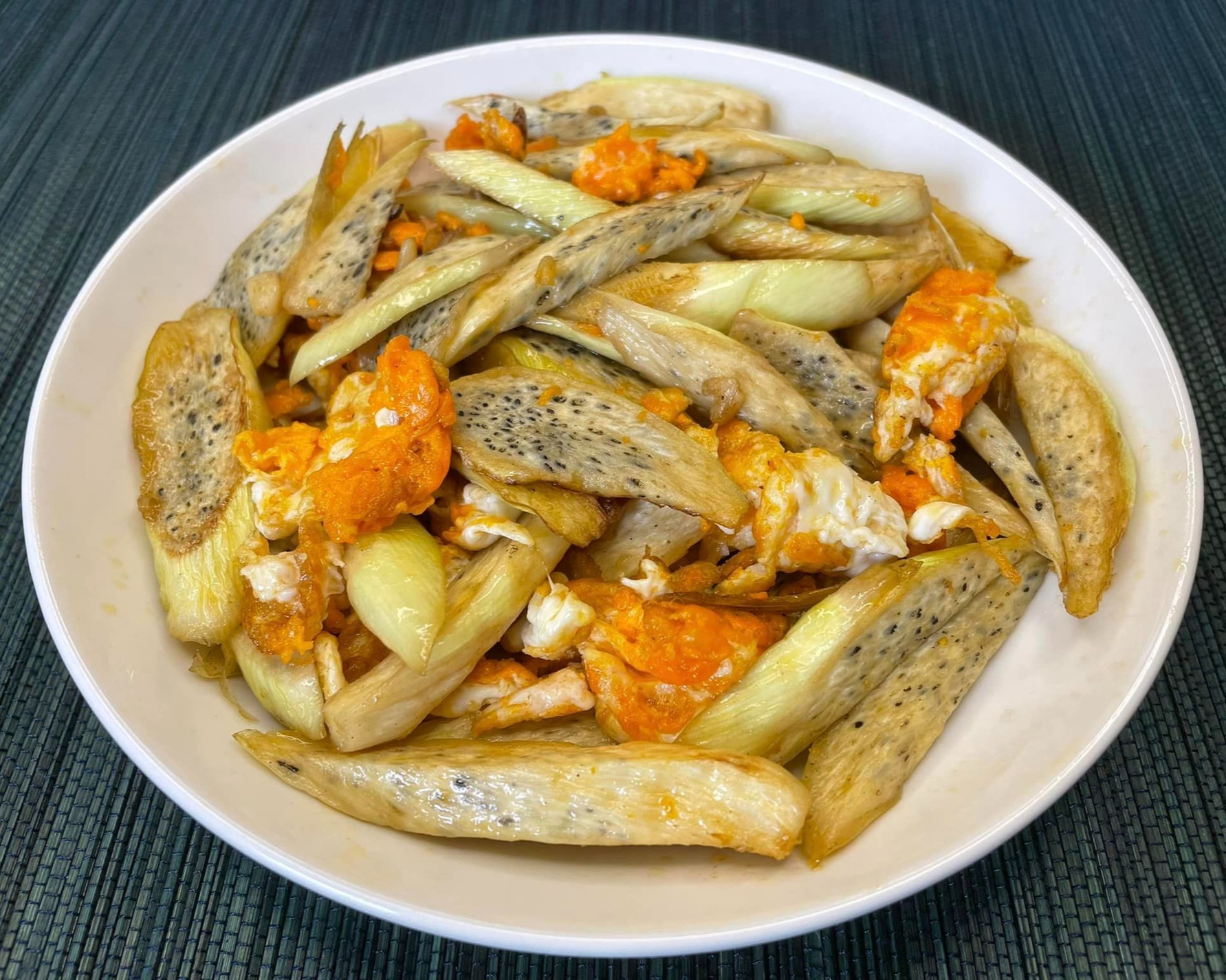 |  |
At local markets, nieng is sold in bundles or by weight with prices ranging from 20,000 - 25,000 VND/kg, depending on size. In Hanoi , nieng is more expensive (due to transportation costs, labor, space, etc.), around 40,000 - 60,000 VND/bundle of 10 tubers (depending on location and time).
Not only is it an ingredient for many delicious dishes with attractive flavors, taro can also bring some health benefits.
According to Oriental medicine, the sweet taste of the lotus root is cool, has the effect of preventing atherosclerosis and high blood pressure, helps to clear heat, detoxify, and contributes to the treatment of diabetes, etc.

Source: https://vietnamnet.vn/dac-san-cu-nieng-o-nam-dinh-vao-mua-chi-em-mua-ve-che-bien-du-mon-ngon-2332903.html



![[Photo] Vietnamese shipbuilding with the aspiration to reach out to the ocean](https://vphoto.vietnam.vn/thumb/1200x675/vietnam/resource/IMAGE/2025/5/20/24ecf0ba837b4c2a8b73853b45e40aa7)



![[Photo] Award ceremony for works on studying and following President Ho Chi Minh](https://vphoto.vietnam.vn/thumb/1200x675/vietnam/resource/IMAGE/2025/5/20/a08ce9374fa544c292cca22d4424e6c0)
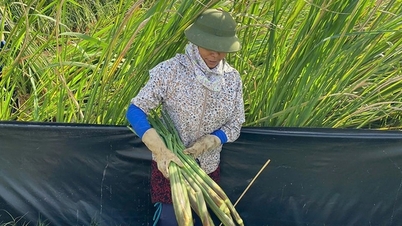



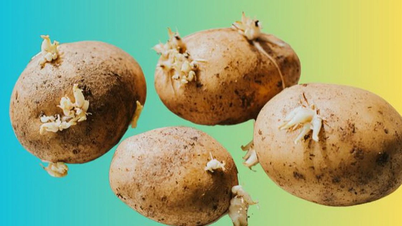

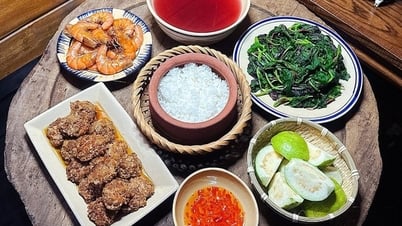



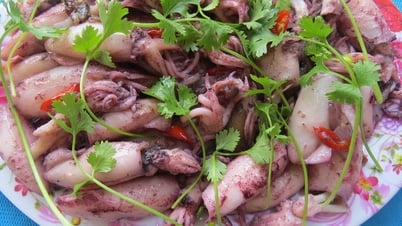































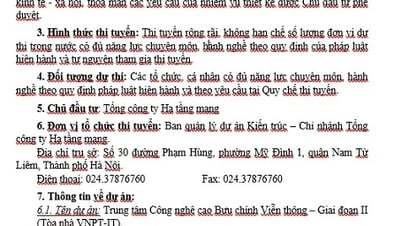









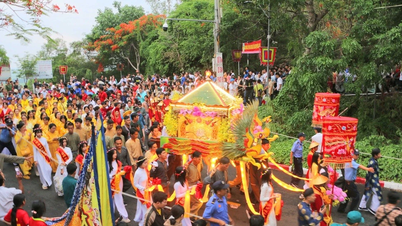
































![[VIDEO] - Enhancing the value of Quang Nam OCOP products through trade connections](https://vphoto.vietnam.vn/thumb/402x226/vietnam/resource/IMAGE/2025/5/17/5be5b5fff1f14914986fad159097a677)
Comment (0)